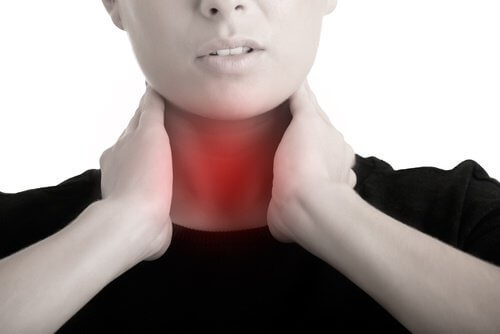The Flexner Report of 1910 permanently changed American medicine noisy . 20th century. Commissioned through the Carnegie Foundation, this report ended in the elevation of allopathic medicine to being the standard form of medical education and practice in the usa, while putting homeopathy inside the whole world of precisely what is now known as “alternative medicine.”

Although Abraham Flexner himself was an educator, not really a physician, he was decided to evaluate Canadian and American Medical Schools and make a report offering suggestions for improvement. The board overseeing the job felt that the educator, not only a physician, would provide the insights required to improve medical educational practices.
The Flexner Report triggered the embracing of scientific standards along with a new system directly modeled after European medical practices of this era, especially those in Germany. The negative effects of this new standard, however, was which it created what are the Yale Journal of Biology and Medicine has called “an imbalance from the art work of medication.” While largely a success, if evaluating progress from the purely scientific viewpoint, the Flexner Report and its particular aftermath caused physicians to “lose their authenticity as trusted healers” and the practice of drugs subsequently “lost its soul”, based on the same Yale report.
One-third of most American medical schools were closed as a direct result of Flexner’s evaluations. The report helped select which schools could improve with additional funding, and people who wouldn’t normally benefit from having more financial resources. Those located in homeopathy were one of several people who can be shut down. Lack of funding and support resulted in the closure of numerous schools that did not teach allopathic medicine. Homeopathy had not been just given a backseat. It was effectively given an eviction notice.
What Flexner’s recommendations caused would be a total embracing of allopathy, the standard medical therapy so familiar today, in which medicines are given that have opposite results of the symptoms presenting. If a person comes with a overactive thyroid, for example, the patient is offered antithyroid medication to suppress production from the gland. It’s mainstream medicine in all its scientific vigor, which often treats diseases on the neglect of the patients themselves. Long lists of side-effects that diminish or totally annihilate someone’s standard of living are thought acceptable. No matter if the person feels well or doesn’t, the main objective is always on the disease-model.
Many patients throughout history are already casualties with their allopathic cures, and the cures sometimes mean coping with a brand new pair of equally intolerable symptoms. However, it’s still counted as a technical success. Allopathy targets sickness and disease, not wellness or even the people that come with those diseases. Its focus is on treating or suppressing symptoms using drugs, generally synthetic pharmaceuticals, and despite its many victories over disease, they have left many patients extremely dissatisfied with outcomes.
Following the Flexner Report was issued, homeopathy grew to be considered “fringe” or “alternative” medicine. This form of medicine is dependant on some other philosophy than allopathy, plus it treats illnesses with natural substances as an alternative to pharmaceuticals. Principle philosophical premise upon which homeopathy is based was summed up succinctly by Samuel Hahnemann in 1796: “[T]hat a material which then causes signs of a disease in healthy people would cure similar symptoms in sick people.”
Often, the contrasts between allopathy and homeopathy can be reduced for the among working against or together with the body to fight disease, using the the previous working against the body as well as the latter working together with it. Although both forms of medicine have roots the german language medical practices, the specific practices involved look not the same as one other. Two biggest criticisms against allopathy among patients and families of patients pertains to treating pain and end-of-life care.
For all those its embracing of scientific principles, critics-and oftentimes those tied to the device of ordinary medical practice-notice something low in allopathic practices. Allopathy generally does not acknowledge the human body as a complete system. A natural medical doctor will study her or his specialty without always having comprehensive understanding of how a body in concert with as a whole. In several ways, modern allopaths miss the proverbial forest to the trees, neglecting to see the body overall and instead scrutinizing one part just as if it were not connected to the rest.
While critics of homeopathy position the allopathic style of medicine on the pedestal, many individuals prefer utilizing the body for healing instead of battling one’s body as if it were the enemy. Mainstream medicine features a long good reputation for offering treatments that harm those it says he will be wanting to help. No such trend exists in homeopathic medicine. Within the Nineteenth century, homeopathic medicine had greater success rates than standard medicine back then. Within the last few years, homeopathy has made a solid comeback, even just in essentially the most developed of nations.
For additional information about How to become a Naturopathic Doctor check out our net page: read this


